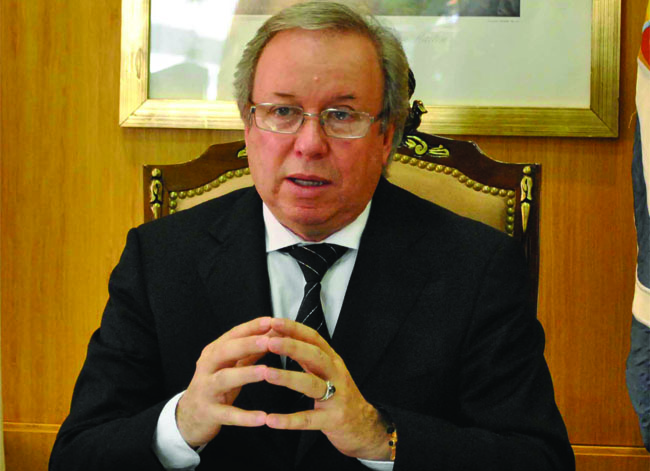The Santa Cruz administration aims at establishing a mining land tax as well as an income tax on exports of non-renewable resources.
As in 2012, when he claimed for more taxes on mining, Daniel Peralta, Santa Cruz governor, started 2013 with new criticism on the sector. During the first congressional sessions in March, the governor, in opposition to Cristina Kirchner administration, will push the passing of the Economic Strengthening Act, which will bring new taxes for the mining industry.
During the last months of 2012, Peralta raised royalty tax up to 3% (although that is the figure established by the Mining Code, the province received around 1.5% due to a special regimen). With this modification, the province hopes to collect, in all, around $ 66 million for that item in 2013.
In the tax package pushed by Peralta, there also appears the establishment of a mining land tax, which would contribute with $ 150 million in 2013; and an income tax on exports of non-renewable resources, that would add $ 55 million.
He will also seek to advance over Law 2332 (Mining Royalties), aiming at the creation of a public health provision and improvement fund and a social and sanitary emergency fund (with 5% from casinos swap).
Peralta holds that most mining tax contributions –income tax, VAT and export retention– is collected by the national administration, damaging the provinces’ treasures.
Santa Cruz Undersecretary of Labour, Raúl Santibañez, pointed out that «the province aims at improving the mining revenue by means of a mining land tax, whose creation could not be discussed last year in Congress,» due to the lack of quorum. «This situation led us to an argument with very important company’s authorities, and I can assure that most of them are willing to participate in a consensus table to discuss the topic,» he pointed out.
Legislative progress
At the same time, the government is still working on the Mining Protocol, which will determine the percentages that companies must comply with concerning social investments and the control mechanisms that will be implemented in this regard. The Protocol will also specify employment estimations that the new enterprises must guarantee and the obligation of providing training for local human resource hiring.
When justifying his permanent economic request to the mining sector, Santa Cruz governor, Daniel Peralta, reminds companies that, every $ 100 that producers pay in taxes, $ 90 are collected by Cristina Fernández de Kirchner’s national government. «90% of what they pay ends up in the national government hands. The province’s participation of mining income is only 10%,» Peralta complains.
Santa Cruz has four active projects: a large scale one, Cerro Vanguardia, which produces around 200,000 oz of gold; and other three of medium size, Manantial Espejo, San José Huevos and Mina Martha, the latter going through a closure process. In Cerro Vanguardia’s case, owned by South African AngloGold Ashanti, the province collects only the mining royalties (which this year rose from 1% to 3% of the precious metal pit-head value) and some minor taxes, such as royalty on surface and seal tax.
7.5% of Cerro Vanguardia stocks are owned by Fomento Minero Santa Cruz (Fomicruz), the province mining company, which collected $ 167 million last year in this respect.
